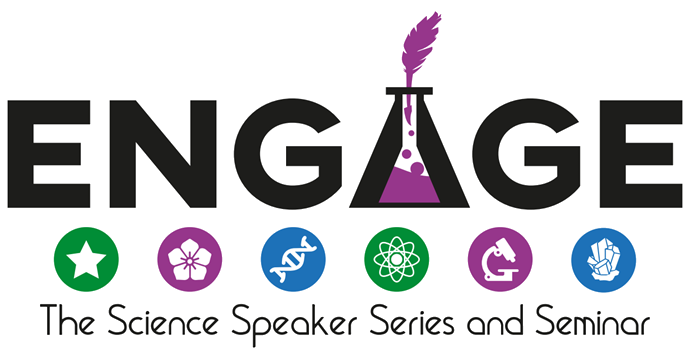Calling reinforcements for the War on Cancer
Image credit: DALL-E OPENAI
Cancer needs no introduction. Cancer seems to be everywhere, literally, and figuratively. In the body, it is seen in the lungs, kidneys, breasts, colon, brain, blood, you name it. And cancer is highly prevalent in society- every few years, a different type of cancer takes the role as “leading cause of death”.
Fifty years ago, former President Richard Nixon declared the “War on Cancer”. Since then, scientists and doctors have made remarkable progress in treating cancers, delaying relapses, and improving patient’s quality of life. Yet, there are strides to be made. Some cancers, like blood cancer in adults, are typically diagnosed late and progress quickly. The time from diagnosis to treatment is already too late to cure the disease. To improve this, we need to understand where the cancer originates, and stop it at the source. Where is the headquarters of blood cancer?
Blood cells in our body are made in a spongy tissue inside our bones, called the bone marrow. Many kinds of cells live in the bone marrow, each with a role to play in making new blood cells and helping them grow and mature. The bone marrow and blood cells are in constant communication with each other, making sure the ‘blood headquarters’ is functioning smoothly to replenish blood throughout life. However, this function is disrupted in blood cancer.
A small population of humans are born with an inherited mutation in a gene called DDX41, which puts them at risk of developing blood cancer later in life. A mutation is a change in our genes, which are the codes that tell our body to function a certain way. This inherited mutation causes every cell or organ in the body to carry a mutation for the specific gene DDX41. Interestingly, only the blood cells develop into cancer. What is also unique about this defect is that the onset of blood cancer starts only at 65-70 years of age, and up until then, one can lead a healthy life despite carrying this mutation. This DDX41 mutation is like a spy behind enemy lines waiting to strike!
Currently, chemotherapy to get rid of the cancer cells, followed by a blood transplant or replacement of healthy blood cells from a matched donor is the only treatment available for blood cancer. Sadly, this treatment fails in 50-60% of patients due to age related or treatment-specific complications such as underlying disease, or donor cell rejection, and the cancer returns. The current treatment focuses on targeting the evil army of cancer on the field (blood cells) but does not attack the army bases and supplies that sustain the troops (bone marrow). What if we brought in reinforcements to fight the defective bone marrow in which the blood cancer grows — could this be the final battle needed to accelerate the success of treatment?
To do this, I am studying the function of the mutated DDX41 gene in the bone marrow and in the blood cells. One leading idea is that this DDX41 defect in the bone marrow could make the environment in which the blood cells grow faulty and disrupts the communication between the bone marrow and blood cells, leading to blood cancer. The focus of my graduate work is understanding this link, to specifically hack the communication channels that have gone awry in blood headquarters, with the goal of identifying new therapies to augment current treatments for blood cancer.
But big questions remain. Why does this sinister shift to cancer occur when the clock strikes seventy? Can this DDX41 mutation be identified earlier in life to take steps to prevent blood cancer prior to its appearance late in life? These are some of the questions that will help us further understand this disease and identify steps to catch it early.
Rasika Venkataraman is a third-year graduate student at the University of Washington’s Department of Lab Medicine and Pathology. Her research focuses on studying a specific hereditary mutation in DNA that causes blood cancers. She aims to investigate how this mutation alters the environment in which the cancer cells develop and grow, to improve the treatment of blood cancer.


